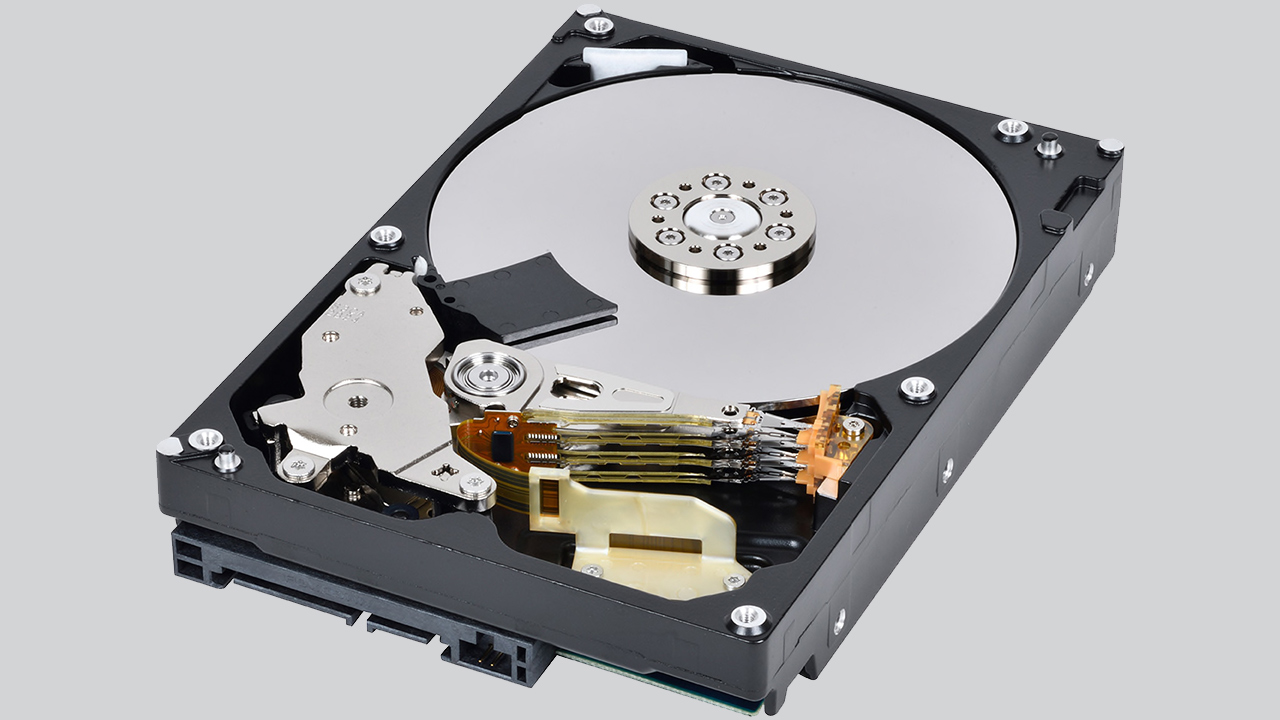Demand for hard drives skyrocketed recently because of Chia cryptocurrency farming, causing major HDD shortages and sending retail prices to record highs. In a bid to meet the demand for hard drives, Seagate and Western Digital are ramping up production of their high-capacity HDDs by essentially cranking up their existing production lines to utilize them more fully, a process that takes time. However, neither company has immediate plans to increase their production capacities (i.e., build new factories/production lines) in the near term, meaning shortages could persist if the Chia craze continues.
HDD makers sell the vast majority of drives to large customers under long-term agreements per predefined terms and conditions, so they’re contractually obliged to send trucks of drives to their biggest customers. That makes quickly ramping up production for retail outlets hard to impossible. In fact, Seagate sells only 30% of its HDD output via distributors and retailers, whereas Western Digital supplies 40% of its hard drives using distribution channels.
As a result, when the Chia coin frenzy started this April, neither vendor could suddenly pump more drives into retail as prices of higher-capacity hard drives skyrocketed and range-topping models quickly sold out.
At press time, the hard drive capacity allocated to the Chia network totaled a whopping 20EB (exabytes), up from 13EB on May 29 and up from 1EB in late April. 20EB is still less than 10% of total HDD capacity (288EB) shipped in Q1 2021, though.
The consumer world has mostly moved to SSDs, so Seagate and Western Digital reduced their HDD production capacities over the last several years as hard drive sales decreased. In fact, even the existing production capacity is higher than the two companies need to satisfy demand — at least normally.
To meet the demand for hard drives for Chia farmers, both HDD makers need to ramp up the production of HDD components and drives (for example, going from a 90% utilization of existing production lines to 100%). According to executives from two companies that spoke at investor conferences this week, that’s exactly what they’re doing.
“This new [Chia cryptocurrency] demand is basically helping us to improve […] in the short-term, and bridge from a situation of underutilized capacity to a situation of almost fully utilized capacity,” said Gianluca Romano, the chief financial officer of Seagate, at Bank of America Merrill Lynch 2021 Global Technology Conference (via SeekingAlpha). “Then, in two or three quarters we see where we are, and if it is still a great opportunity, we can upsize and increase the volume or staying as we were planning before, still in a very good situation.”
“[Chia is] clearly an incremental opportunity, we are viewing it as such, we do not really know what the longevity is going to be whether it is a little bit of a short-term spike, or whether it is something we are going to be able to count on for many years to come,” said Bob Eulau, chief financial officer of Western Digital, at Stifel 2021 Virtual Cross Sector Insight Conference. “[..]And we’ll see how the Chia situation plays out incrementally, it’s mostly affected volumes in the channel. And we went through a period where we got pretty lean in terms of channel inventory, and we’re working to get that situation resolved and basically producing for all of our customers at full capacity right now.”
For now, both Seagate and Western Digital are not sure whether Chia will become a long-term HDD growth opportunity, or if Chia network growth will stop as it stabilizes at a certain capacity. If this happens, the two companies will have more visibility into demand and adjust production capacities accordingly.
In the meantime, neither company plans to increase overall production capacity, like building a new factory or production lines, to meet demand from Chia farming. Rather, they will use everything they have to produce as many high-capacity drives as possible. That means the retail pricing for advanced drives will depend on demand from Chia farmers more than it depends on supply from Seagate and Western Digital, at least in the near term.
